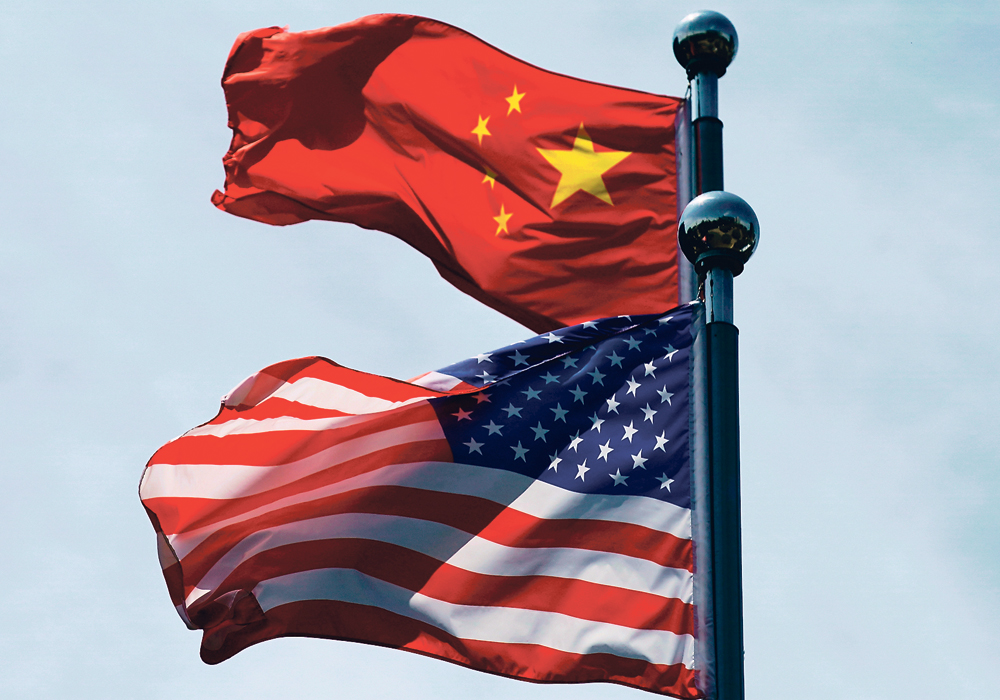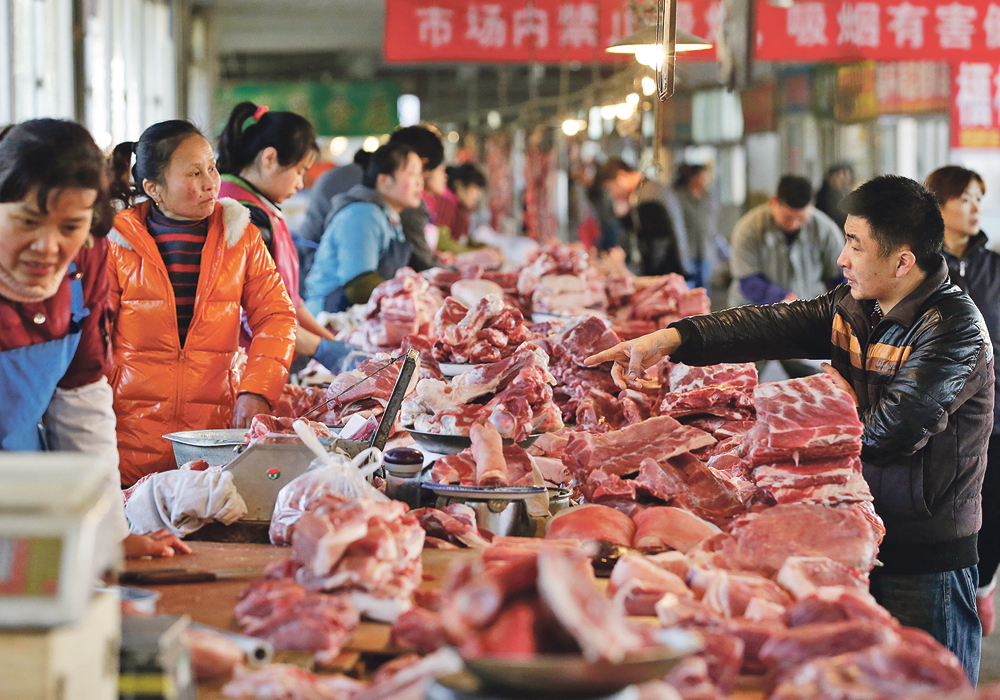Hog industry observers say rising pork prices in China will eventually increase volume of product shipped from North America
Pent-up demand and constrained supply are once again driving up pork prices in the world’s largest market and that will eventually have a spill-over impact on North American prices, say analysts.
Pork prices peaked in China last fall and then started a long decline as supply started to catch up with demand.
The downward trend came to a grinding halt around the start of 2020. Prices have rebounded and are once again approaching the highs established in the midst of the African swine fever crisis.
Read Also

Volatile temperatures expected for this winter
DTN is forecasting a lot of temperature variability in the Canadian Prairies this winter. Precipitation should be close to average.
Demand for imported pork products is building in China. The problem is that demand can’t be satisfied due to logistical problems caused by the outbreak of coronavirus.
Tyler Fulton, director of risk management with Hams Marketing Services, believes it is only a matter of time before higher volumes of North American product starts flowing to China and that will support prices.
“We’re going to rally back to levels, maybe not as high as we saw last year, but levels far beyond where we’re sitting today,” he said.
Fulton said there is a “massive hole” in China’s meat protein market that needs to be filled and product will eventually find its way there.
“They should be moving pork in like gangbusters from the United States and Canada but it’s measured,” he said.
“At some point somebody will figure out a way to do it and it will really start to flow.”
Arlan Suderman, chief commodities economist with INTL FCStone, said there are a number of reasons why prices have rebounded in China.
Chinese meat processors were holding onto supplies ahead of the Chinese New Year festivities, artificially inflating prices to generate higher profits.
The Chinese government didn’t like that and told banks to call the loans of those processors.
“In order to pay their loans, they had to dump the meat onto the market,” he said.
The surge of domestic meat supply drove prices down. That in turn had an impact on imports. Importers tried to renegotiate prices with Brazilian exporters while the product was en route to China.
That didn’t sit well with the Brazilian exporters, who are now reluctant to do further business with China.
Suderman said the surge in domestic pork supplies has passed and now there are fewer ships sailing from Brazil, which has caused a tightening in China’s pork supplies.
That situation has been exacerbated by the coronavirus outbreak, which is causing problems at Chinese ports.
Travel restrictions have made it difficult to move product from port to cities in the interior of the country.
There has also been a big labour reduction at Chinese ports, which is restricting movement.
Pork is shipped in refrigerated containers that require a power source, which are already being fully used at Chinese ports. Containers are having to be rerouted to places like Singapore.
Meanwhile, poultry prices are falling as producers liquidate their flocks due to flagging demand.
“There is a lot of consumers that associate poultry with wet markets. They are afraid to eat poultry,” said Suderman.
Scientists believe coronavirus originated in China’s wet markets, which sell fresh meat, seafood and produce.
Faltering poultry demand is leading to increased pork demand, which is another factor driving up prices.
Suderman believes the pent-up demand and restricted supply will eventually result in increased North American pork exports once the port congestion situation is resolved.
“(The Chinese government’s) goal is to have industry back to 60 to 80 percent capacity by the end of the month,” he said.
It hopes to be at full capacity by the end of March.
China agreed to buy US$36.3 billion of U.S. agricultural goods in 2020 in the newly signed trade pact between the two countries.
Neither country has provided a commodity-by-commodity breakdown of those expenditures but Suderman said a lot of that total will be meat products.
China has not agreed to remove its retaliatory tariffs on U.S. agricultural products but it has indicated it is willing to temporarily waive those tariffs to meet the targeted imports.
Its retaliatory tariff on U.S. pork amounts to about 70 cents per pound.
Fulton said Canadian pork prices will benefit from increased U.S. exports because it is a North American market.
Regardless of what transpires, the pork sector is likely in for years of price volatility, he said.
“I’ll tell you one thing, it’s never dull.”
















